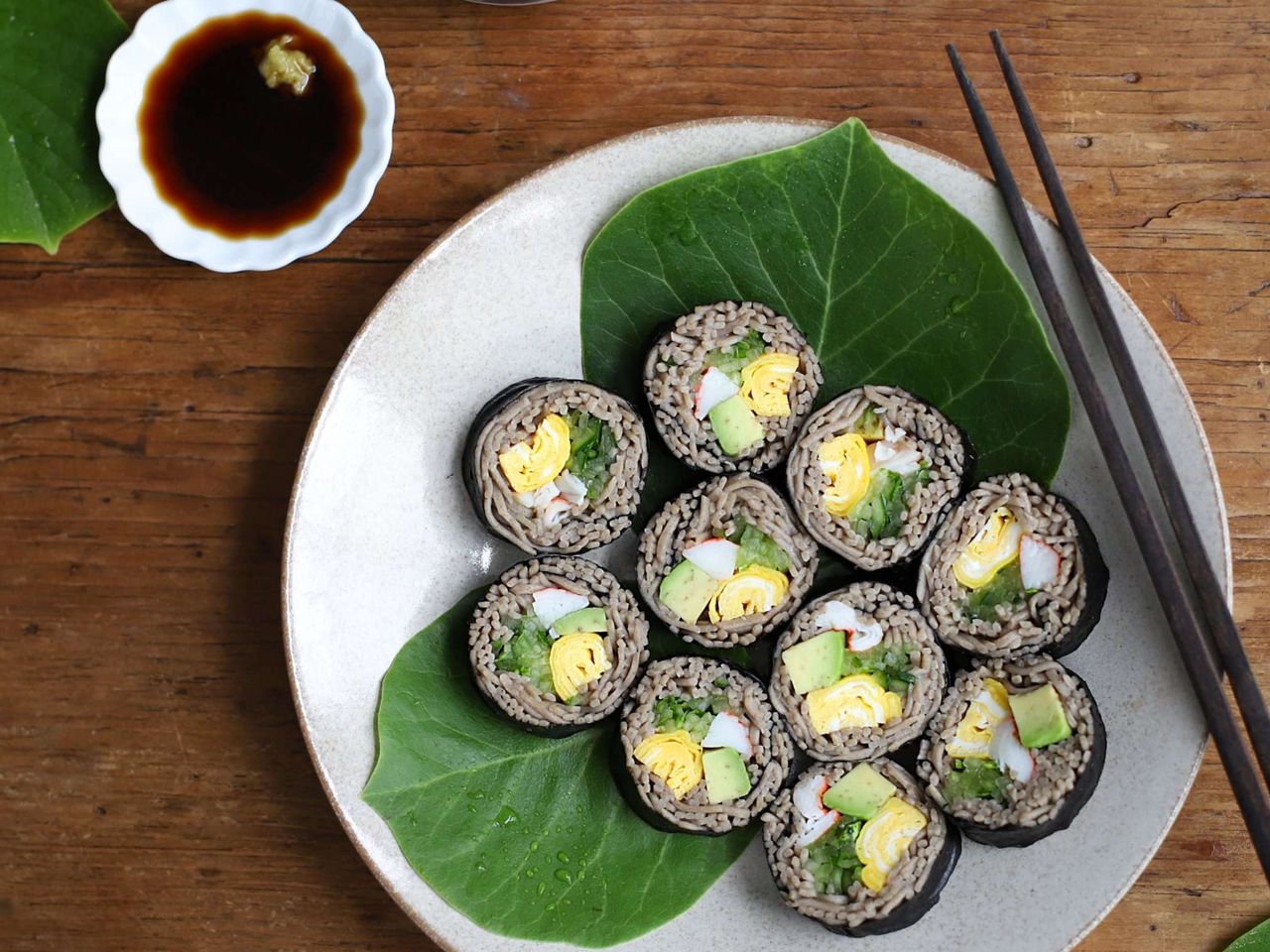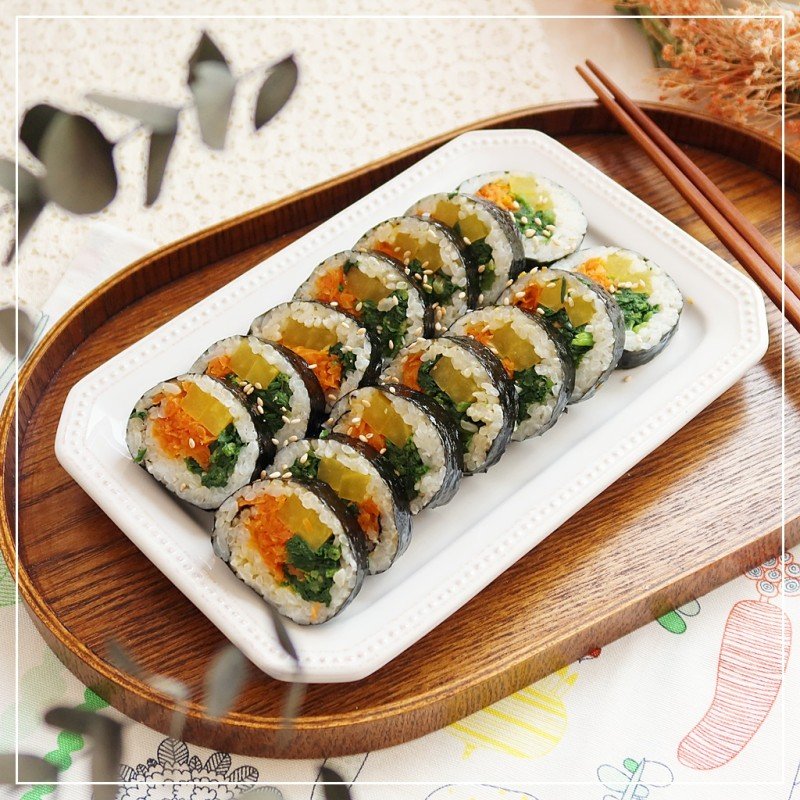우엉김밥 (burdock Kimbap)
우엉김밥
우엉김밥 is a famous Korean dish that consists of rolled seaweed sheets filled with sliced burdock root. It is a delicious and nutritious snack option that has gained popularity not only in Korea but also around the world. In this overview, we will explore the key aspects of 우엉김밥, including its history, ingredients, preparation, and nutritional benefits.
History:
우엉김밥 has a long history in Korean cuisine. Kimbap, which is a general term for various types of rice rolls, originated during the Goryeo Dynasty (918-1392). However, the use of burdock root as a filling in kimchi only started in the mid-20th century. Since then, 우엉김밥 has become a popular snack choice in Korea.
Ingredients:
The main ingredient in 우엉김밥 is burdock root, also known as gobo. It is a long, slender root vegetable that is often used in Asian cuisine for its unique flavor and nutritional benefits. Other common ingredients include cooked rice, roasted seaweed sheets (gim), pickled vegetables, and sesame oil. Additional fillings, such as carrots, cucumber, and spinach, can also be included based on personal preferences.
Preparation:
To make 우엉김밥, the burdock root is first peeled and cut into thin, julienne-like strips. It is then blanched or sautéed in a mixture of soy sauce, sugar, and sesame oil to enhance its flavor. The roasted seaweed sheets are laid out on a bamboo mat, and a layer of seasoned rice is evenly spread on top. The burdock strips and other fillings are placed in the center of the rice, and the entire roll is tightly wrapped using the bamboo mat. Finally, the roll is sliced into bite-sized pieces for serving.
Nutritional Benefits:
우엉김밥 offers several nutritional benefits. Burdock root is a rich source of dietary fiber, vitamins (including vitamin B6 and vitamin C), and minerals (such as potassium and manganese). It is known for its antioxidant and anti-inflammatory properties, which can support a healthy immune system. Consuming 우엉김밥 also provides energy from the rice, while the seaweed adds vitamins and minerals to the dish.
Variations:
While the classic 우엉김밥 involves burdock root as the primary filling, there are several variations of this dish. Some popular alternatives include adding bulgogi (marinated beef), Korean-style omelets, or spicy tuna to the rolls. The fillings are ultimately based on personal taste preferences and creativity.
In conclusion, 우엉김밥 is a delightful Korean cuisine that combines the flavors of burdock root, rice, and seaweed. Its long history and simple preparation make it a popular snack choice for people of all ages. Whether you enjoy it as a light lunch, a picnic treat, or a side dish, 우엉김밥 offers a delicious and nutritious option that showcases the diversity and culinary richness of Korean cuisine.







